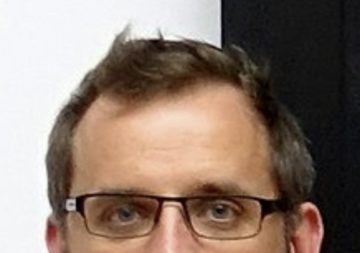Morgan Meis at Slant Books:
 I’ve never really understood why Georg Trakl talks about foreheads so much. I mean, you can imagine the word coming up once in a poem for some reason or other. I can even see that there is something fascinating about foreheads in that they are both of and not of the face. That’s to say, you don’t generally get a face without a forehead. The forehead sets up the face. And yet, it’s not really part of the face per se. The forehead is claimed to some degree by the rest of the head. It is a glimpse of the skull. It is a stoic and mostly featureless reminder that behind the bones of the head are the squishy parts of the brain. So, yes, I acknowledge that foreheads are, perhaps, more intriguing than at first they may seem.
I’ve never really understood why Georg Trakl talks about foreheads so much. I mean, you can imagine the word coming up once in a poem for some reason or other. I can even see that there is something fascinating about foreheads in that they are both of and not of the face. That’s to say, you don’t generally get a face without a forehead. The forehead sets up the face. And yet, it’s not really part of the face per se. The forehead is claimed to some degree by the rest of the head. It is a glimpse of the skull. It is a stoic and mostly featureless reminder that behind the bones of the head are the squishy parts of the brain. So, yes, I acknowledge that foreheads are, perhaps, more intriguing than at first they may seem.
But Georg Trakl mentions foreheads a lot in his poems. Dozens of times. I don’t have the exact number ready to hand. Let’s just accept that Trakl’s poetry is filled with foreheads and that there is no obvious rhyme or reason according to which all these foreheads appear.
Trakl, I should mention, was an Austrian poet of the late nineteenth and early twentieth centuries. He amazed and baffled his contemporaries. He was an intense and otherworldly sort of fellow. He wrote poems that were beloved, though admittedly not often understood, by people like Wittgenstein and Rilke and Heidegger. He was heavily addicted to drugs and alcohol and died of overdose aged twenty-seven, just at the start of World War I.
More here.
